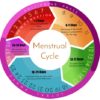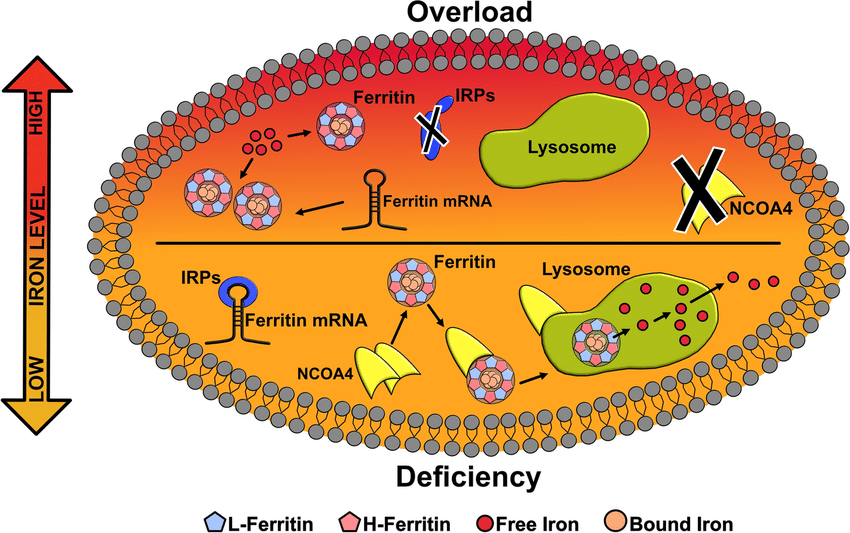Fe+TIBC+Fer
$42.00
CPT# 82728, 83550, 83540
Panel Components
- Iron (Fe)
- CPT Code: 83540
- Purpose: Measures serum iron levels (circulating iron bound to transferrin).
- Significance:
- Low: Suggests iron deficiency or anemia of chronic disease.
- High: May indicate iron overload (e.g., hemochromatosis) or acute liver damage.
- Total Iron Binding Capacity (TIBC)
- CPT Code: 83550
- Purpose: Assesses the capacity of transferrin to bind iron.
- Significance:
- High: Often indicates iron deficiency (increased capacity to bind iron).
- Low: Seen in anemia of chronic disease, malnutrition, or liver disease.
- Ferritin
- CPT Code: 82728
- Purpose: Measures stored iron in the body (primary iron storage protein).
- Significance:
- Low: Confirms iron deficiency.
- High: Can indicate inflammation, infection, or iron overload.
Utility in Microcytic Hypochromic Anemia
This panel is particularly valuable because:
- Microcytic hypochromic anemia is characterized by small, pale red blood cells, most commonly due to:
- Iron Deficiency Anemia: Low serum iron, high TIBC, low ferritin.
- Anemia of Chronic Disease: Low or normal serum iron, low TIBC, and normal or high ferritin (iron trapped in storage due to inflammation).
- Thalassemia: Normal or high serum iron, normal ferritin, and low TIBC (unrelated to iron metabolism).
By measuring these three parameters together, this panel can help differentiate between these conditions.
When to Order This Panel
- In patients with:
- Microcytic hypochromic anemia (small, pale red blood cells on CBC).
- Fatigue, weakness, or symptoms of anemia.
- Signs of chronic disease or suspected malnutrition.
- Suspected iron overload (e.g., hereditary hemochromatosis).
Interpretation Example
| Iron | TIBC | Ferritin | Possible Diagnosis |
|---|---|---|---|
| Low | High | Low | Iron Deficiency Anemia |
| Low | Low/Normal | High/Normal | Anemia of Chronic Disease |
| High | Low | High | Hemochromatosis or Iron Overload |
| Normal | Normal/Low | Normal | Thalassemia or other non-iron causes |


